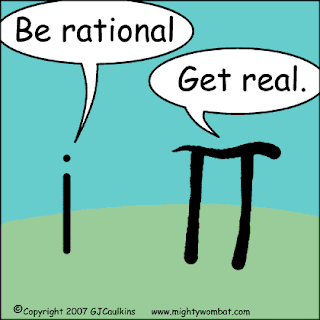American Dream wrote:
“Reality is that which, when you stop believing in it, doesn't go away.”
(Philip K Dick)

I would add something like
"Reality is that which when avoided, always comes back"
The Tibetan Buddhists have an interesting ideas that challenge the above
http://www.dharmafellowship.org/library ... -part3.htmVasubandhu resorts to an analogy. He says, let us consider a situation in which a magician, using certain spells (mantras) or tricks, was to cause, before a crowd of spectators, a log of wood to appear as an elephant. The fact that no elephant is there, but nevertheless is seen to be there by the audience, may be defined as the elephant's parikalpita-nature. In that sense the spectators imagine or project something that factually is not present.
The elephant is no more than a magician's illusion and yet the elephant is indeed seen. The hallucination (akrti), the illusion that is seen, of the elephant by the crowd may be defined as the situation's paratantra-nature. This means that the appearance of the illusion itself must be contingent on something else.
Finally, if we consider what the elephant really is in its self (i.e., a suggested image that isn't really there) then it's actual non-existence is its ultimately true or actual (parinishpanna) nature.
Vasubandhu then explains his analogy as follows: the All-ground Consciousness (alaya-vijnana) is the magic spell, with which cosmic ideation (visva-vikalpa), the Magician, magically produces the illusion of a Universe, and in which duality (dvaya) of subject and object becomes the result. The elephant is the Universe that appears to us as real. The original log of wood which has been misapprehended as the illusory elephant is the Tathata, the Absolute, that ever remains unchanged and pure from the beginning.





